Maiko and Geiko Clothing
Differences from the Common Kimono in Kyoto
If you’ve ever wandered the historic streets of Gion in Kyoto, you’ve likely been captivated by the elegant figures of maiko (apprentice geisha) and geiko (Kyoto’s term for geisha). Their colorful attire, elaborate hairstyles, and refined manner are a striking contrast to the simpler, everyday kimono worn by locals or tourists. But what makes maiko and geiko clothing so different from a common kimono? This guide will take you deep into Kyoto’s fashion traditions, exploring the history, symbolism, and artistry behind each garment.
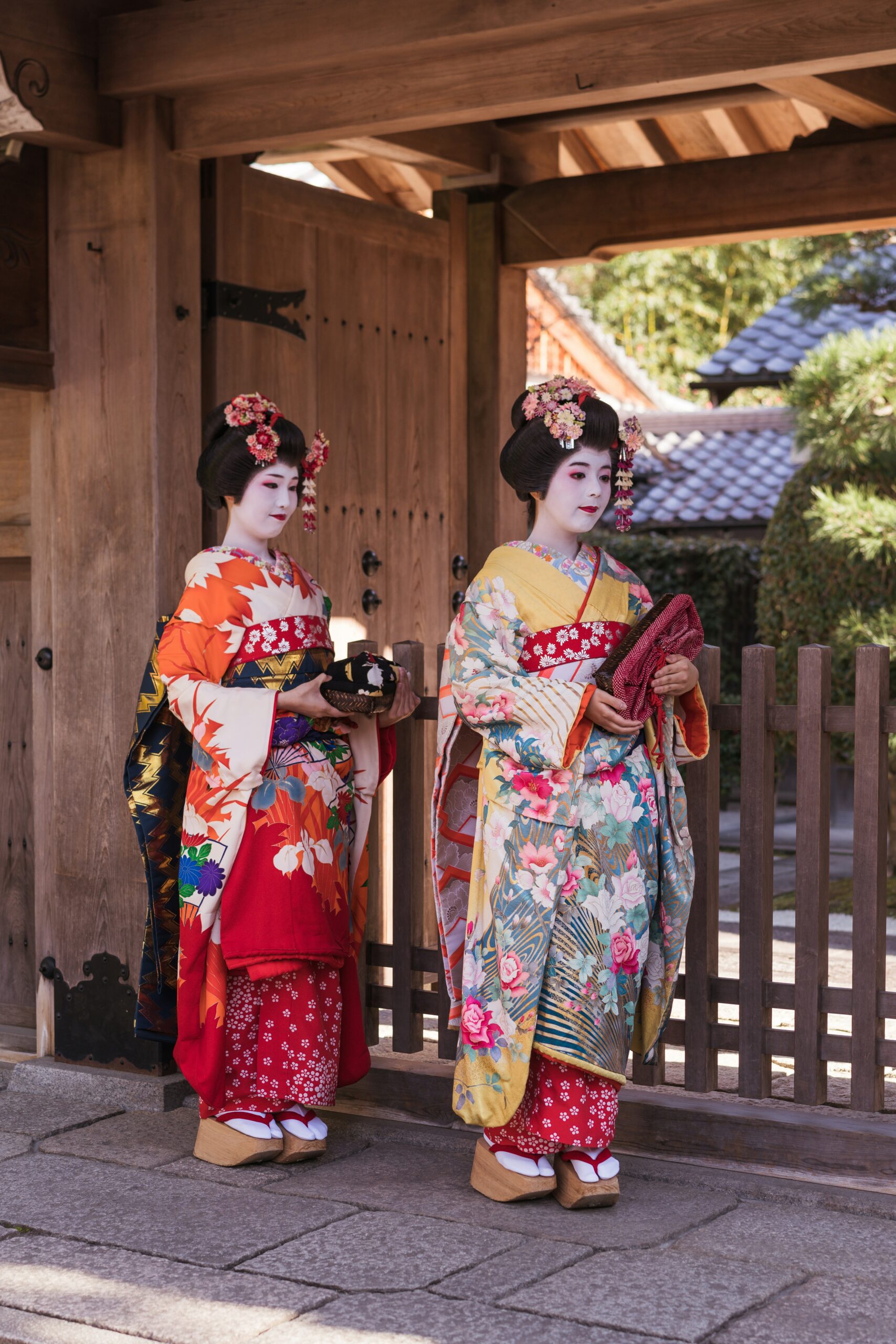
- 1. Introduction to Kyoto’s Traditional Clothing
- 2. Who Are Maiko and Geiko?
- 3. The Common Kimono: A Cultural Symbol
- 4. Key Differences Between Maiko, Geiko, and Common Kimonos
- 5. Seasonal Variations and Formality Levels
1. Introduction to Kyoto’s Traditional Clothing
Kyoto is the heart of Japan’s traditional arts and fashion. While Tokyo represents modernity, Kyoto preserves centuries-old customs — from tea ceremonies to textile dyeing techniques. Clothing here isn’t just fabric; it’s a visual language that tells you about a person’s role, age, and occasion. Walking through neighborhoods like Gion, Pontocho, or Miyagawacho, you’ll see both locals in simple kimonos and the rare, ethereal sight of a maiko or geiko making her way to an engagement.
2. Who Are Maiko and Geiko?
Maiko
Apprentice entertainers, typically between 15–20 years old, training in traditional dance, music, and conversation. Their appearance is youthful and colorful, meant to express vibrancy and charm.
Geiko
Fully trained professional entertainers, usually in their 20s or older. Their style is more mature and subdued, focusing on elegance rather than youthful charm.
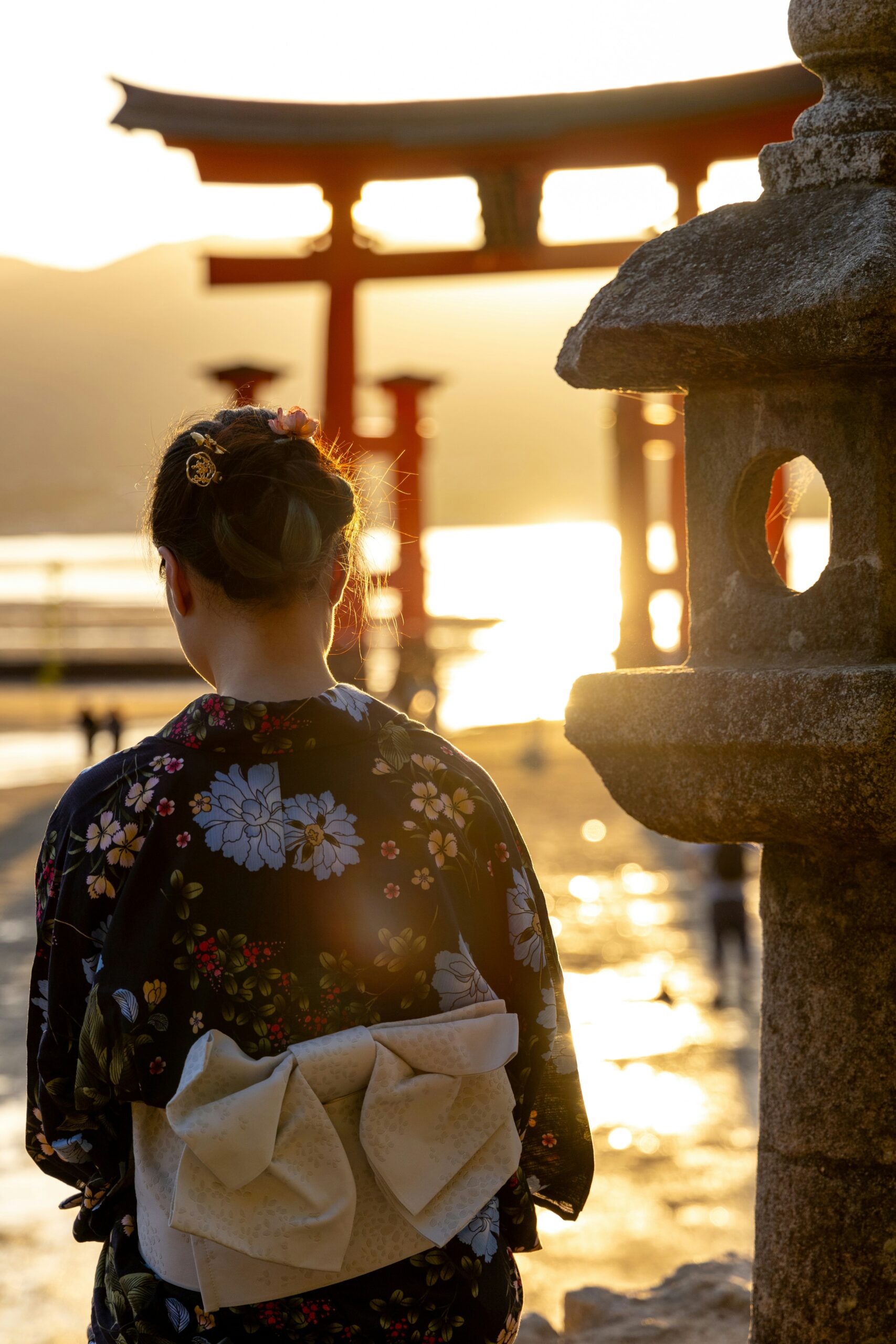
A Maiko in traditional attire showcasing the vibrant colors and elaborate styling typical of apprentice entertainers
The transformation from maiko to geiko is marked by changes in clothing, hairstyle, and makeup — all of which are rich in symbolism.
3. The Common Kimono: A Cultural Symbol
The kimono is a T-shaped robe with long sleeves, worn by both men and women in Japan. While its origins date back over a thousand years, the modern kimono is often reserved for formal occasions, festivals, and ceremonies. In Kyoto, everyday kimonos tend to be:
- Less elaborate than maiko/geiko attire
- Made from simpler fabrics like cotton or polyester for casual use
- Easier to wear without the help of a professional dresser
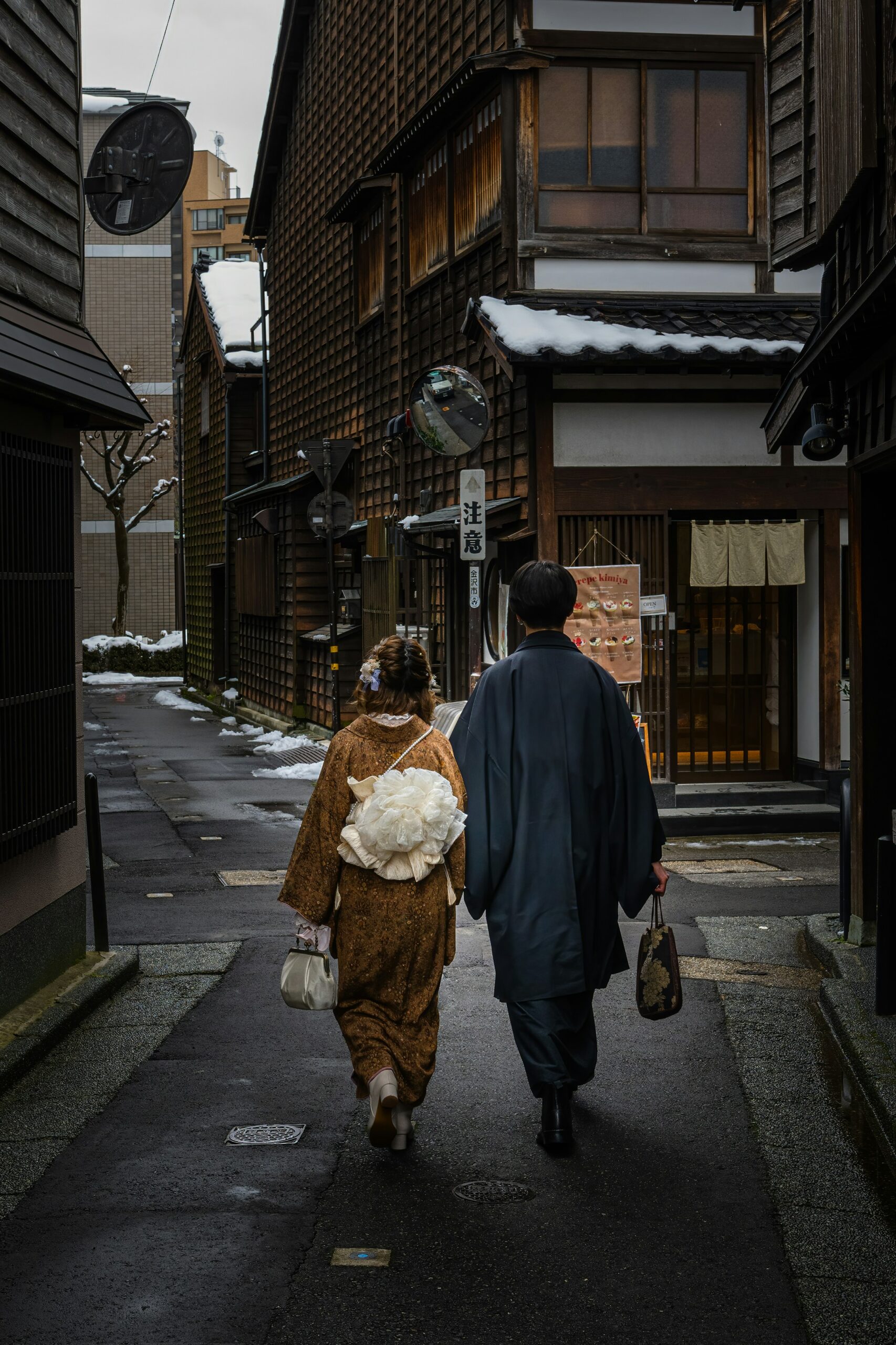
4. Key Differences Between Maiko, Geiko, and Common Kimonos
| Feature | Maiko Clothing | Geiko Clothing | Common Kimono |
|---|---|---|---|
| Sleeves | Long, flowing sleeves (furisode) | Shorter, more practical sleeves | Depends on formality; often shorter |
| Colors & Patterns | Bright, bold, seasonal motifs | Subdued, elegant designs | Varies widely; often less ornate |
| Obi (belt) | Very long, tied in a “darari” style | Shorter, tied in a “taiko” style | Standard length, simpler knots |
| Footwear | High wooden sandals (okobo) | Flat lacquered sandals (zori) | Zori or geta depending on occasion |
| Hair | Elaborate traditional wigs or own hair with kanzashi ornaments | Simpler chignon style | Modern women may use Western hairstyles |
| Makeup | White face makeup, red/black accents | Minimal makeup, natural look | Natural or no makeup |
5. Seasonal Variations and Formality Levels
Maiko and geiko kimonos change with the seasons:
Spring
Cherry blossom motifs, light pinks and pastels
Summer
Cool blues, thin fabrics like ro silk
Autumn
Maple leaves, deep reds and golds
Winter
Pine and plum motifs, heavier silk
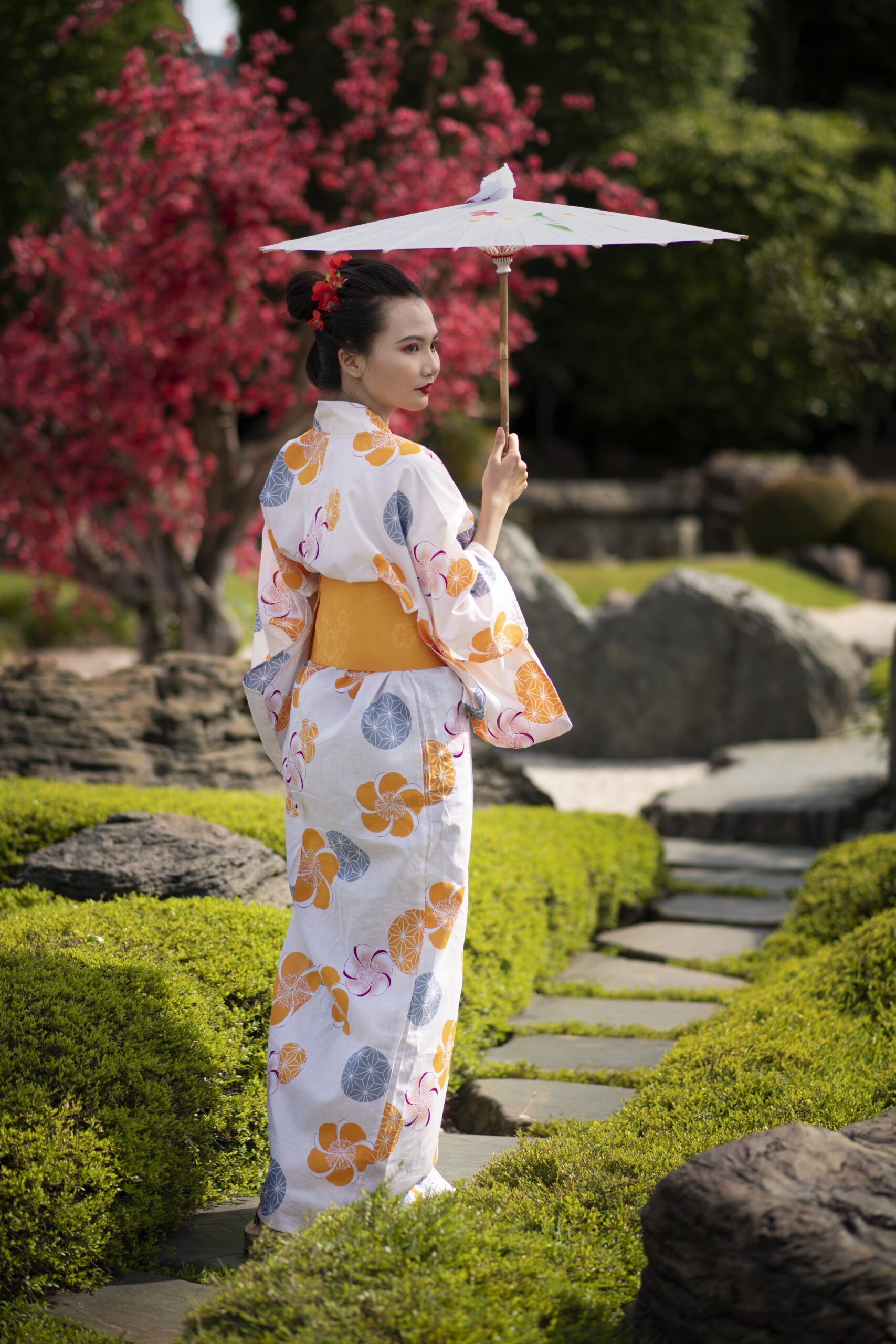
Seasonal kimono patterns featuring autumn maple leaves showcase the deep connection between Japanese fashion and nature
Common kimonos follow similar seasonal trends but are far less ornate.
6. The Role of Obi Belts in Traditional Dress
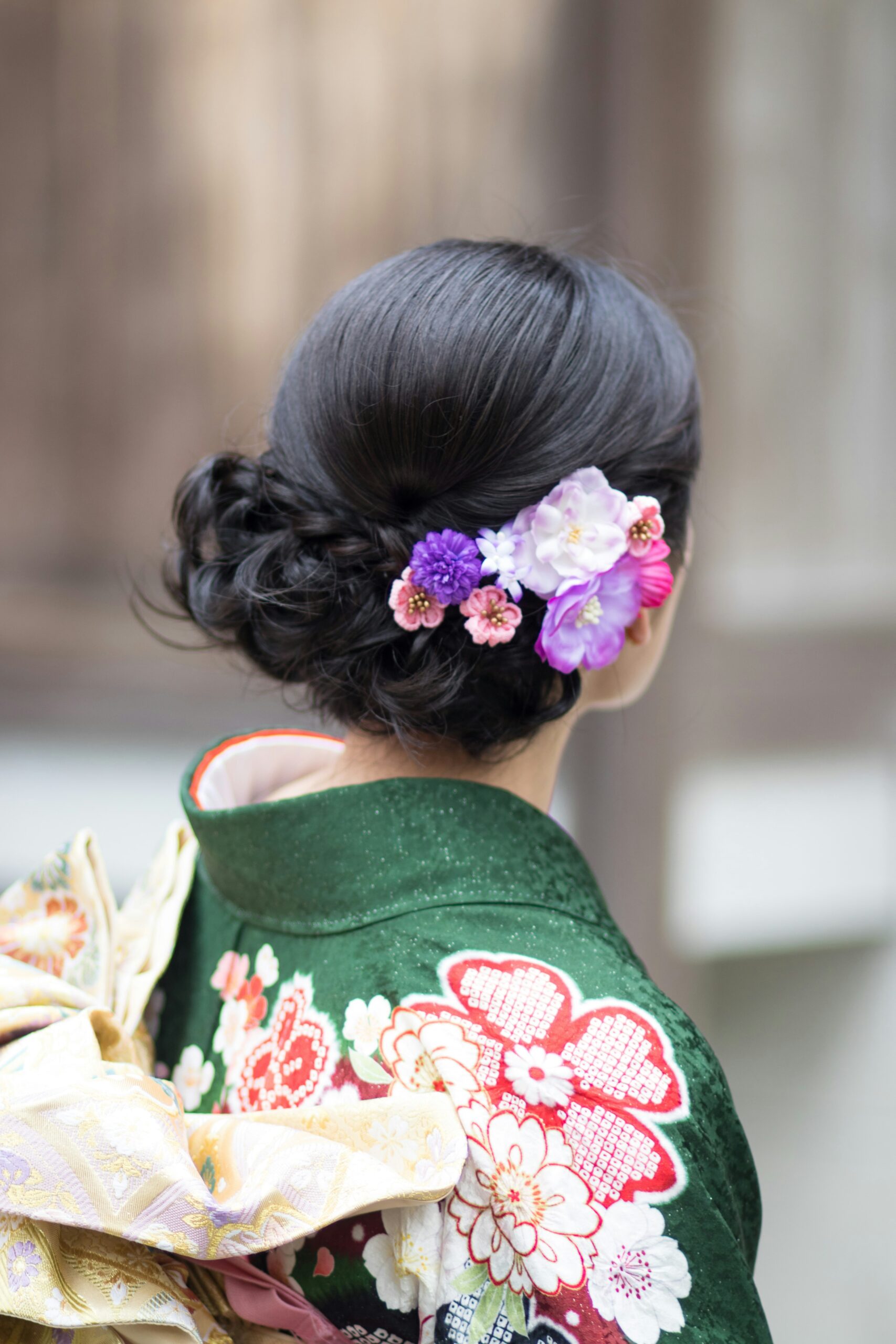
The obi is the statement piece of any kimono. Maiko wear darari obi, which can be over 6 meters long and hang down the back almost to the floor. The long trailing fabric is a visual signal of youth and apprenticeship.
Geiko use the taiko musubi style — more compact, symbolizing maturity.
Did You Know?
The way an obi is tied can indicate the wearer’s age, status, and even the occasion they’re attending. It’s like a visual language understood by those familiar with Japanese culture.
7. Hairstyles and Accessories: Completing the Look
Maiko Hairstyles
Styled with wax and adorned with seasonal hairpins (kanzashi) — for example, cherry blossoms in April.
Geiko Hairstyles
Wig or natural hair in the shimada style, more restrained.
Accessories
Small purses (kinchaku), decorative collars (eri), and ornate hairpins.
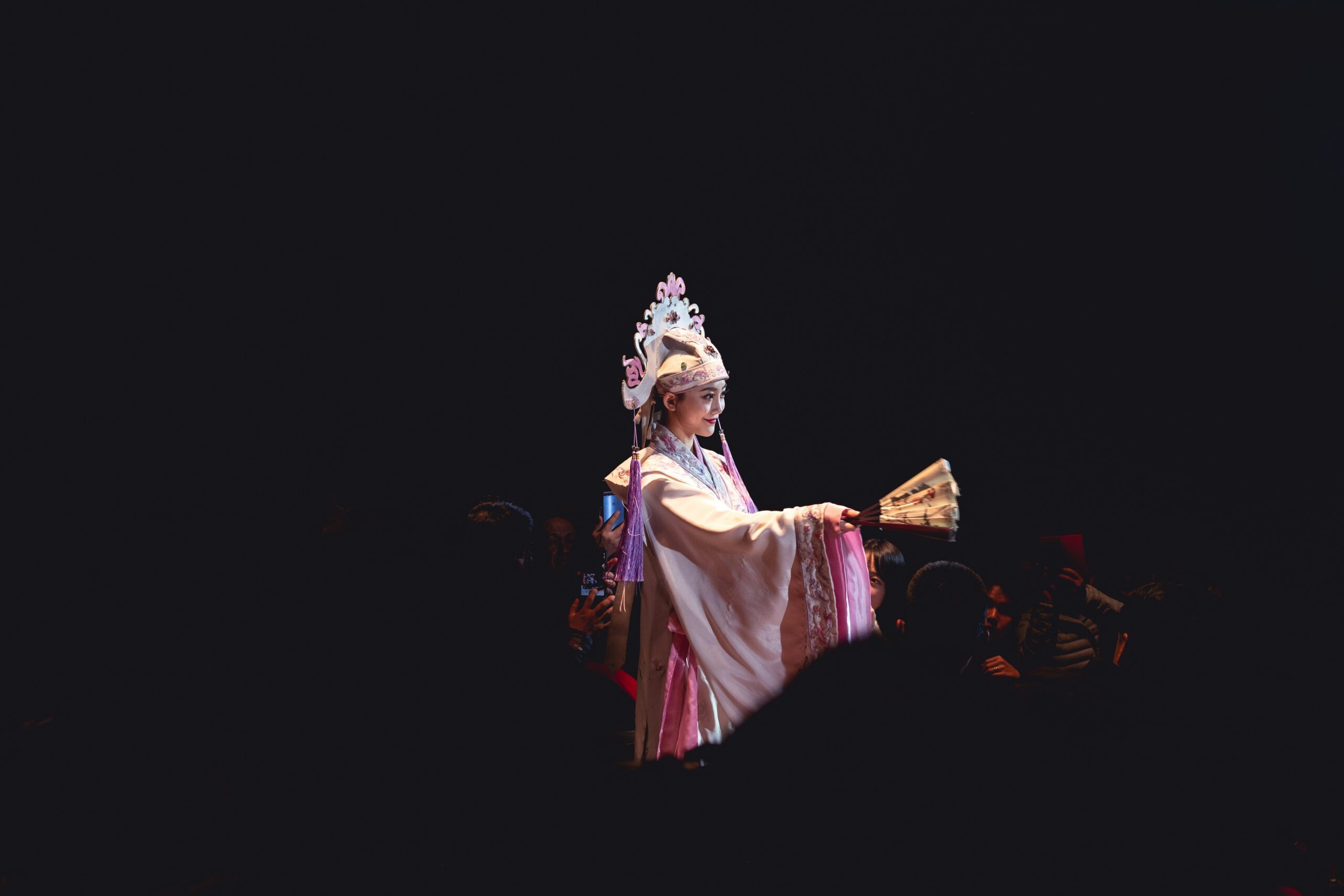
Traditional kanzashi hairpins are works of art that complement and complete the traditional Japanese aesthetic
8. Cultural Etiquette Around Wearing These Outfits
Visitors to Kyoto often rent kimonos for the day. While this is a wonderful cultural experience, it’s important to avoid pretending to be a maiko or geiko, as these roles carry deep cultural meaning. If you want to be photographed in authentic attire, consider hiring a professional photography service in Kyoto — they’ll dress you properly and explain the traditions.
Important Note
Respect is key when experiencing traditional Japanese culture. Always be mindful of the deep cultural significance behind these beautiful garments.
9. Where to See Maiko and Geiko in Kyoto
Best spots include:
Gion Hanamikoji Street
Early evening, as they head to appointments.
Pontocho Alley
Traditional restaurants and teahouses.
Miyagawacho
Lesser-known but authentic geisha district.
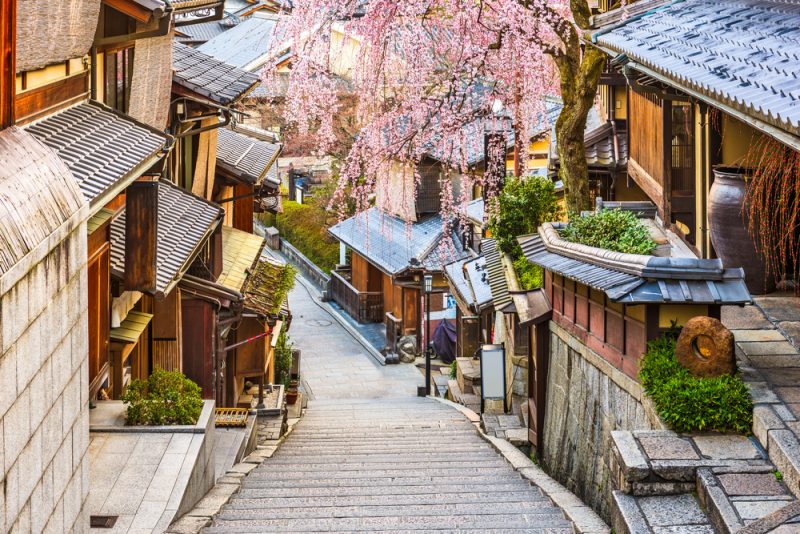
The historic Gion district with its preserved traditional architecture provides the perfect backdrop for encountering Maiko and Geiko
Be respectful — avoid blocking their path or taking intrusive close-up photos without permission.
10. How to Experience a Maiko or Geiko Photo Session
For a once-in-a-lifetime experience, book a maiko or geiko transformation photoshoot. You’ll be dressed in authentic attire, with hair, makeup, and accessories styled by professionals, and photographed in scenic Kyoto locations.
📸 Book your own Maiko or Geiko photography session here:AllPhoto Kyoto
11. Conclusion: Preserving Kyoto’s Living Culture
Maiko and geiko clothing isn’t just fashion — it’s a living tradition that has survived for centuries in Kyoto. By understanding the differences from common kimonos, you appreciate the artistry, symbolism, and cultural depth these garments carry. Whether you’re visiting Kyoto to witness these elegant figures or to experience the transformation yourself, remember that every stitch and accessory tells a story.
Preserving tradition through understanding and respect


コメント